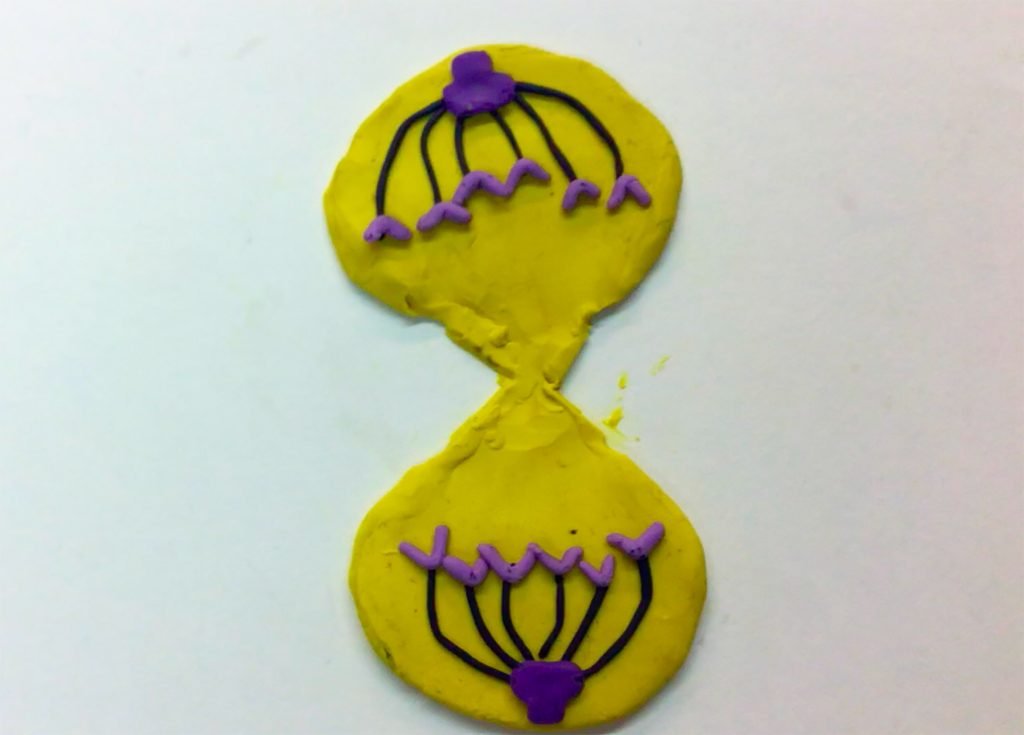CETA’s definition of arts integration is ‘an approach to teaching in which students construct and demonstrate understanding through an art form’. This allows students to engage in their learning, link the arts to core academics and truly bring learning to life.
Melissa Herman, Urban Academy’s Sr. Math and Science Teacher is no stranger to connecting seemingly unrelated subject matter for her student’s assignments. A speaker and leader amongst her teaching peers, she has presented numerous times on this very topic. Her most recent arts integrated project was for her Science 9 Biology students that brought together the subject of cell division with nothing less than the artistic and technology skills of stop motion photography.
A key element of arts integration is that students develop a deeper understanding of their core subject material through whichever art form they are using. So to better understand the process of mitosis, students used a stop motion editor app on an iPads to animate the stages of the cell cycle. They used modeling clay to show each step of the process and then ran the images together to show mitosis.
Now to get a little sciency… the process included mitosis for a diploid cell with 6 chromosomes (2n = 6): interphase, prophase, metaphase, anaphase, telophase and cytokinesis. They also included their own voice-over explanations of what took place at each stage.
To meet the expectations laid out in the BC Curriculum, students are expected to know and understand the stages and motion of chromosomes throughout the cell cycle and communicate the idea using appropriate language, conventions and representations. Creating their own animated model allowed them to demonstrate complete understanding of the process.
There are many ways for students to gather and share information. The key is for them to truly learn and retain the ideas presented to them. By using stop motion photography, animating a scientific process and explaining what the viewer is seeing, they not only gain a deep understanding of the curriculum, but build upon their technology skills and also and have an opportunity to stretch their creative muscles. We consider that a trifecta of education!





